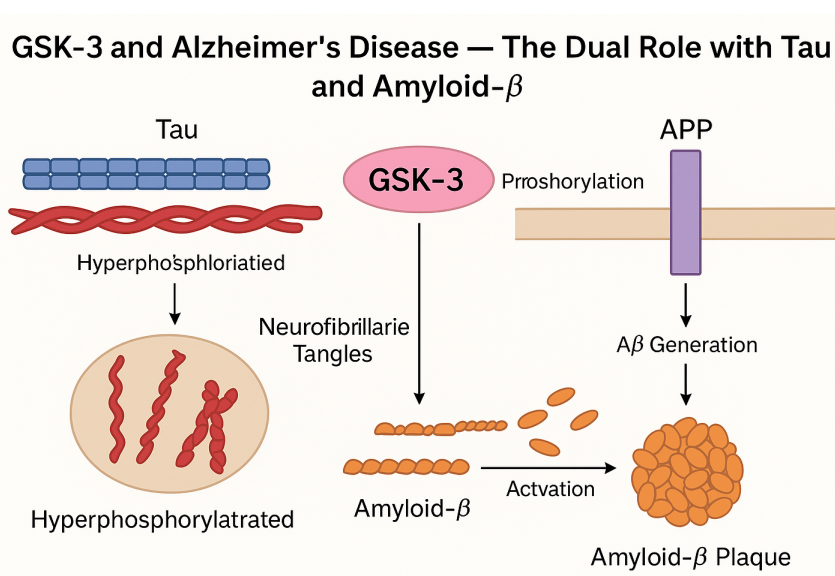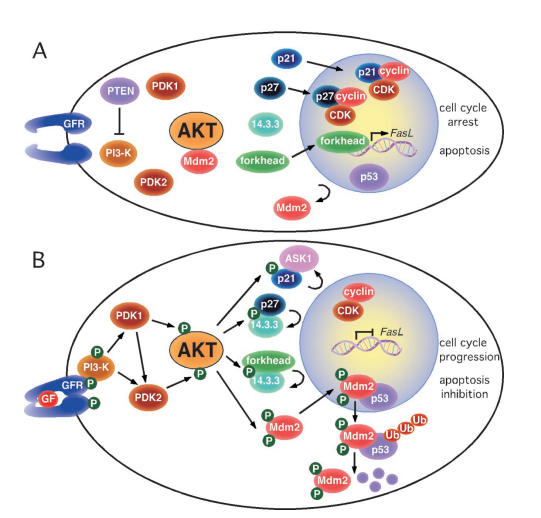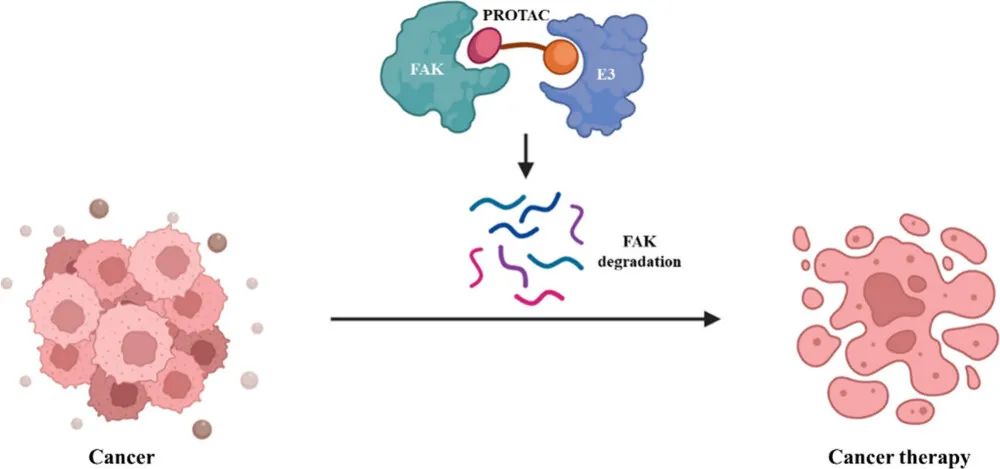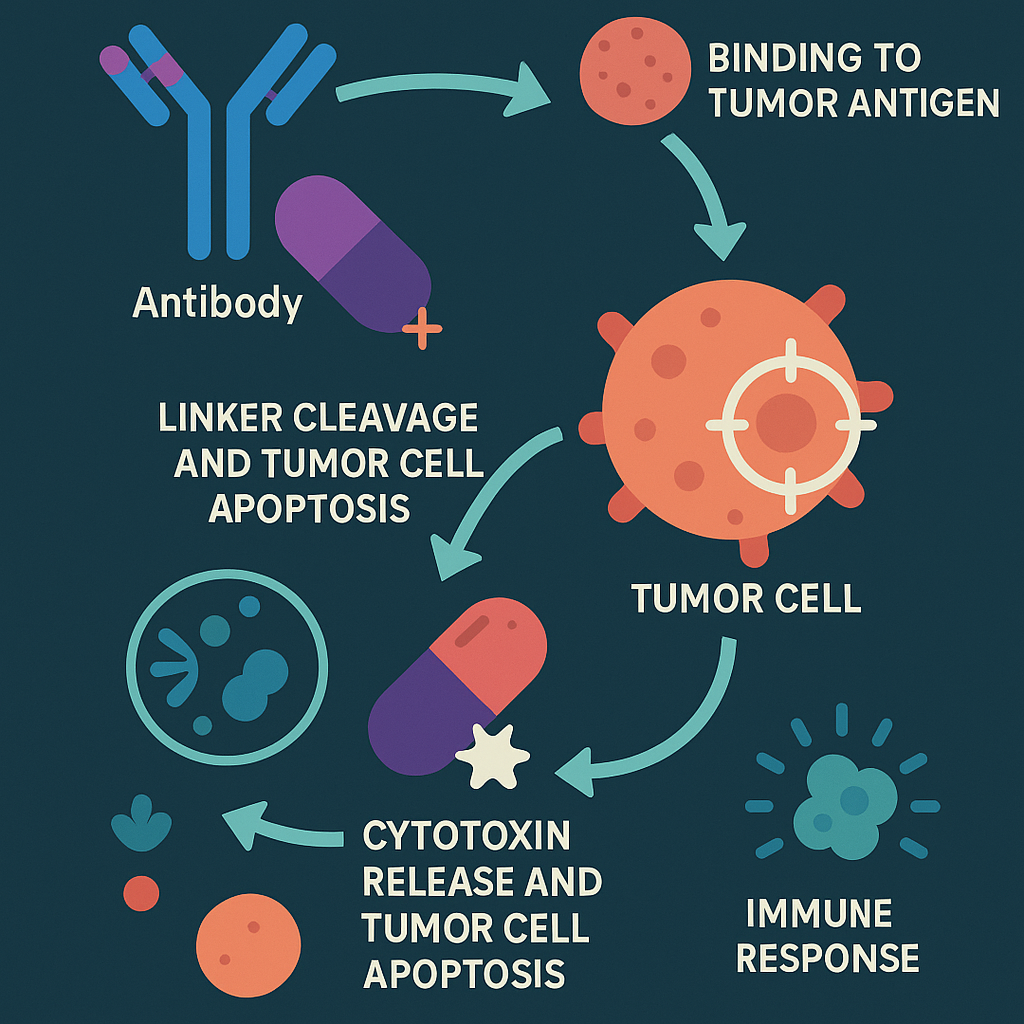Advantages and Application Prospects of Eplerenone
Abstract
Selective aldosterone receptor antagonist eplerenone, compared with spironolactone, improves the selectivity of the mineralocorticoid receptor. Several basic and clinical trials have shown that eplerenone can reduce blood pressure, reverse myocardial remodeling, improve cardiac function, improve renal function, and slow renal fibrosis.
What is eplerenone?
Eplerenone, a novel selective aldosterone receptor antagonist, gained FDA approval in September 2002 as a treatment for hypertension. It was the first approved selective aldosterone receptor blocker (SARA). In vivo, the drug is primarily metabolized by CYP4503A4, with a half-life of 4-6 hours. Inhibitors of CYP4503A4, such as ketoconazole, verapamil, and erythromycin, can elevate eplerenone levels in the bloodstream. Research by Kagawa demonstrated that this product exhibits twice the anti-corticosteroid receptor activity of spironolactone (oral ED50 of 2.5 and 5 mg/kg, respectively). Unlike spironolactone, eplerenone shows lower affinity for androgen and progesterone receptors, resulting in fewer adverse effects like male breast development. Additionally, clinical studies suggest that patients with unsatisfactory blood pressure control after ACE inhibitors or ARBs treatment may benefit from eplerenone therapy.
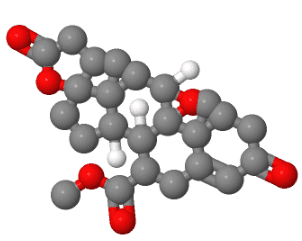
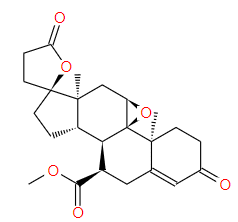
Fig 1. The chemical structure of Eplerenone
Hypertension Treatment Landscape
Hypertension, a prevalent condition, poses significant risks such as cerebrovascular accidents, heart failure, and renal failure. Unfortunately, many individuals remain untreated due to a lack of health awareness, leading to life-threatening events like strokes and heart attacks. On average, hypertensive patients’ life expectancy is 15-20 years lower than that of the general population. Malignant hypertension can prove fatal within a year if left untreated.
Currently, there exist numerous drugs for hypertension treatment. However, despite the availability of various options, the complete resolution of hypertension treatment remains elusive, necessitating the development of new drugs. In-depth research is underway on antihypertensive medications, including angiotensin-converting enzyme (ACE) inhibitors, angiotensin II AT receptor blockers, neutral endopeptidase (NEP) inhibitors, aldosterone receptor blockers, renin inhibitors, endothelin receptor blockers, potassium channel openers, adenosine receptor agonists, β-receptor blockers, and others.

Fig 2. 11β-Hydroxysteroid dehydrogenase (11β-HSD) functions as a protecting mechanism preventing cortisol binding to the mineralocorticoid receptor. MR, mineralocorticoid receptor; HRE, hormone responsive element [3].
Mechanism of action of eplerenone
Aldosterone can independently play an important role in hypertension and other cardiovascular diseases independent of angiotensin and elevated blood pressure. Studies in the past 10 years have shown that there are a large number of aldosterone receptors in myocardial tissue, and aldosterone receptors directly mediate myocardial remodeling. The specific mechanisms include extracellular matrix collagen hyperplasia and fibrosis, cardiomyocyte hypertrophy, and heart rate variability. Many studies suggest that aldosterone is an important regulator of vascular injury in addition to maintaining water-electrolyte balance and homeostasis. Aldosterone can be involved in hypertension, heart rate failure, myocardial ischemia, ventricular dysfunction, and other aspects. Clinical studies have shown that blocking aldosterone receptors has a protective effect on blood vessels, heart, brain, kidneys, and other target organs.
Eplerenone is derived from spironolactone, which can competitively bind to mineralocorticoid receptors, thereby blocking the binding of aldosterone. Aldosterone is mainly synthesized in the adrenal gland, and its synthesis is regulated by angiotensin-II and other factors (ACTH and K+). Aldosterone binds to mineralocorticoid receptors in epithelial tissues (such as kidneys) and non-epithelial tissues (such as heart, blood vessels, and brain) to increase hypertension by increasing sodium reabsorption and other mechanisms. Eplerenone continuously increases plasma renin and serum aldosterone levels through the negative feedback mechanism of renin and aldosterone. However, the effect of elevated renin and aldosterone on blood pressure could not offset the antihypertensive effect of eplerenone. Eplerenone selectively binds to the recombinant human mineralocorticoid receptor (aldosterone receptor) and hardly binds to recombinant human glucocorticoid, progesterone, and androgen receptors.
The Advantages of Eplerenone as an Antihypertensive Agent
The first-generation aldosterone receptor antagonist, spironolactone, is cost-effective but its use is limited due to significant adverse reactions related to sex hormones. Eplerenone, a new selective aldosterone receptor antagonist, surpasses spironolactone in its potent antagonistic effect on aldosterone, while maintaining minimal affinity for androgen and progesterone receptors, resulting in fewer adverse reactions. This makes it highly effective in treating hypertension, heart failure, and myocardial infarction, with excellent tolerability and drug resistance. As a favorable alternative to spironolactone, eplerenone proves particularly beneficial in cases of severe hypertension that remain uncontrolled by multiple antihypertensive drugs, especially in reducing systolic blood pressure. When combined with angiotensin-converting enzyme inhibitors (ACEIs) and β-blockers, eplerenone significantly enhances the quality of life and reduces mortality in patients with severe heart failure and myocardial infarction.
What is the effect of eplerenone?
Eplerenone treatment for hypertension
Aldosterone is an important component of the renin-angiotensin-aldosterone system (RAAS), which regulates the function of the human cardiovascular system. Aldosterone promotes Na+ reabsorption through the sodium pump of renal distal convoluted tubules and collecting duct epithelial cells, which increases blood pressure. As an aldosterone receptor antagonist, eplerenone can inhibit K+-Na+ exchange, promote the excretion of Na+ and water, and play a role in protecting K+ and diuresis, thus achieving antihypertensive effect.
According to the results of existing clinical studies, it can be considered that patients with unsatisfactory blood pressure control after treatment with angiotensin enzyme inhibitors or angiotensin II receptor antagonists can be treated with eplerenone. In an elderly systolic hypertension study, 269 patients were treated with eplerenone daily (50-200mg) and amlodipine daily (2.5-10mg). The results showed that the two drugs had the same effect on reducing systolic blood pressure, while amlodipine reduced diastolic blood pressure more significantly. In terms of target organ protection, after 24 weeks of treatment, both drugs can improve the pulse rate of the neck-femoral and neck-radial arteries. In terms of the incidence of adverse reactions, 19.9% of the amlodipine group had peripheral edema, while the eplerenone group was only 2.7%; the incidence of hyperkalemia was 0.4% in the amlodipine group, and 0.9% in eplerenone group.
Treating Heart Failure with Eplerenone
Heart failure is a clinical syndrome characterized by impaired ventricular filling or ejection function, resulting from various changes in cardiac structure and function, leading to insufficient cardiac output to meet the body’s needs. Upon heart failure, compensatory mechanisms activate, primarily involving the sympathetic nervous system and RAAS. Similar to spironolactone, eplerenone demonstrates improved clinical outcomes in heart failure patients with normal ejection fraction.
A randomized, double-blind, placebo-controlled trial assessed the efficacy and safety of eplerenone in Japanese patients with heart failure and reduced ejection fraction (NYHA class II and above) and left ventricular ejection fraction (LVEF) < 35%. Patients taking eplerenone (up to 50 mg per day) alongside standard treatment experienced fewer hospitalizations for heart failure, demonstrating good safety and tolerance.
While uncertainty remains about eplerenone’s superiority to spironolactone in terms of therapeutic effects on major clinical events, it proves to be a cost-effective option for treating heart failure patients after myocardial infarction, with long-term survival and cardiovascular benefits independent of its diuretic and potassium-preserving effects. Extensive data support the efficacy of eplerenone, particularly in patients with normal ejection fraction and reduced heart failure, notably in cases following myocardial infarction. Considering its long-term survival and cardiovascular advantages, eplerenone can be considered for ongoing application in heart failure patients.
Eplerenone and myocardial infarction
Myocardial infarction can induce tissue adaptive remodeling related to the recovery of cardiac function (such as infarct repair), but it can also lead to maladaptive remodeling (such as reactive fibrosis and left ventricular dilatation). The discovery of tissue aldosterone has made people notice that its function is not limited to the retention of water and sodium in the kidney. It up-regulates collagen deposition in the tissue repair site after myocardial infarction, promotes the repair of the injured site, and plays a paracrine role in the surrounding tissue. Regulating tissue structure plays an important role in the remodeling of the cardiac collagen network. Experiments have been conducted on rat hearts at 3, 7, and 28 days after myocardial infarction. This experiment confirmed that eplerenone did not affect the repair of the infarcted area, but also inhibited the deposition of reactive fibers in non-infarcted myocardium and antagonized the maladaptive remodeling after infarction, thus greatly improving cardiac function and showing good myocardial protective effect. However, so far, the specific synthesis process of tissue aldosterone and the specific mechanism of eplerenone in myocardial collagen synthesis have been further elucidated. The solution to these problems is of great significance for improving the therapeutic effect of myocardial infarction.
Adverse Reactions of Eplerenone
Eplerenone’s main adverse reactions include hyperkalemia, cough, abdominal pain, diarrhea, proteinuria, fatigue, headache, vertigo, and influenza-like symptoms. Unlike spironolactone, eplerenone has minimal sex hormone-related side effects. The incidence of hyperkalemia with eplerenone is similar to spironolactone. However, the severity and frequency of hyperkalemia may be influenced by diabetes, microalbuminuria, and renal insufficiency. Therefore, patients with serum potassium concentration > 5.5 mEq/L or creatinine clearance rate < 30 mL/min should avoid using eplerenone. Additionally, eplerenone should not be prescribed to individuals on potassium supplementation or potassium-preserving diuretics like spironolactone, amiloride, and triamterene. Moreover, caution should be exercised, and eplerenone should not be combined with strong CYP3A4 inhibitors.
Reference
- Brown, R., Quirk, J., & Kirkpatrick, P. (2003). Eplerenone. Nature reviews. Drug discovery, 2(3), 177–178.
- Tam, T. S., Wu, M. H., Masson, S. C., Tsang, M. P., Stabler, S. N., Kinkade, A., Tung, A., & Tejani, A. M. (2017). Eplerenone for hypertension. The Cochrane database of systematic reviews, 2(2), CD008996.
- Takeda Y. (2004). Pleiotropic actions of aldosterone and the effects of eplerenone, a selective mineralocorticoid receptor antagonist. Hypertension research: official journal of the Japanese Society of Hypertension, 27(11), 781–789.
- Krum, H., & Liew, D. (2004). Eplerenone in the treatment of chronic heart failure. Expert review of cardiovascular therapy, 2(3), 315–320.
- Liew, D., & Krum, H. (2003). Aldosterone receptor antagonists for hypertension: what do they offer?. Drugs, 63(19), 1963–1972.

